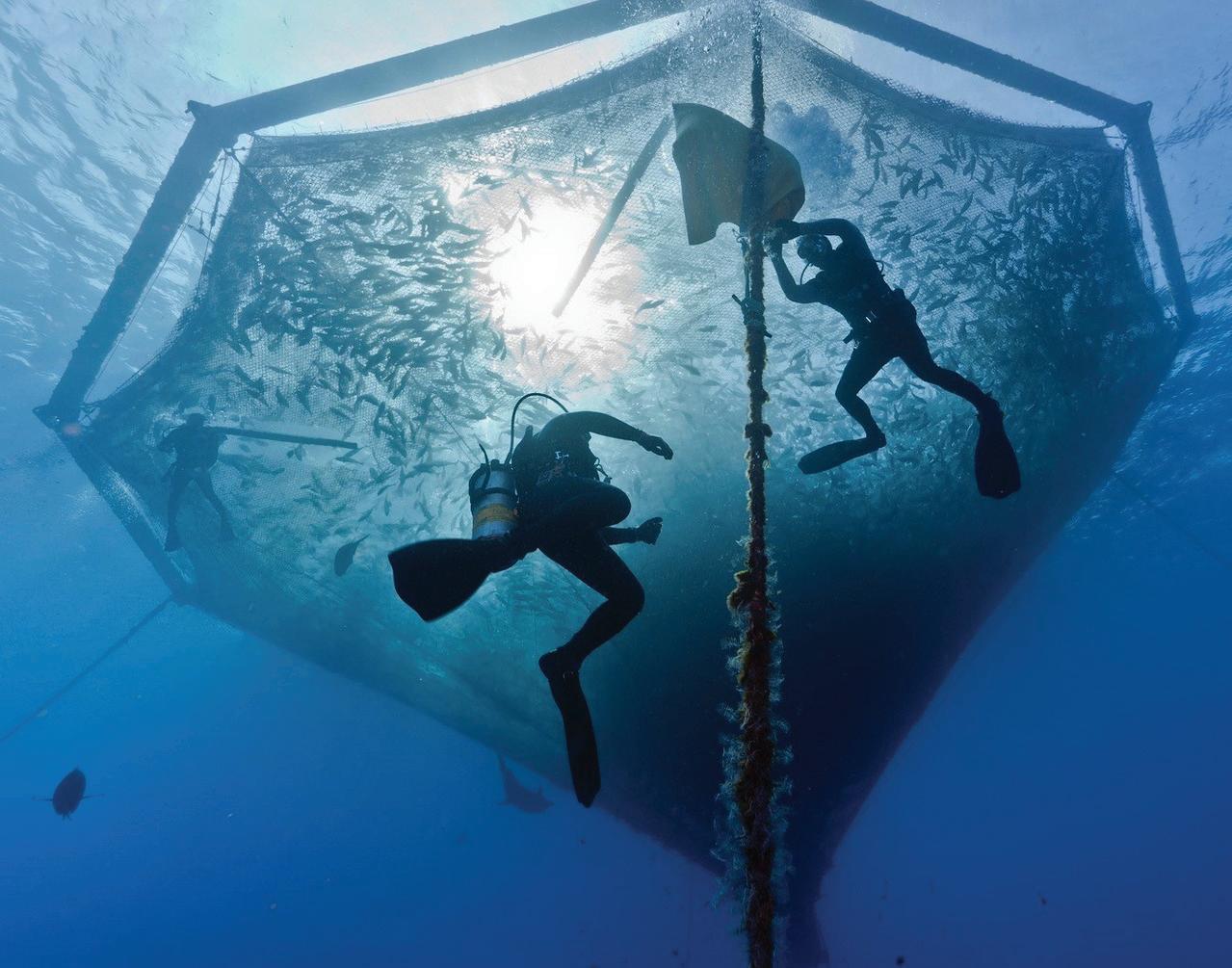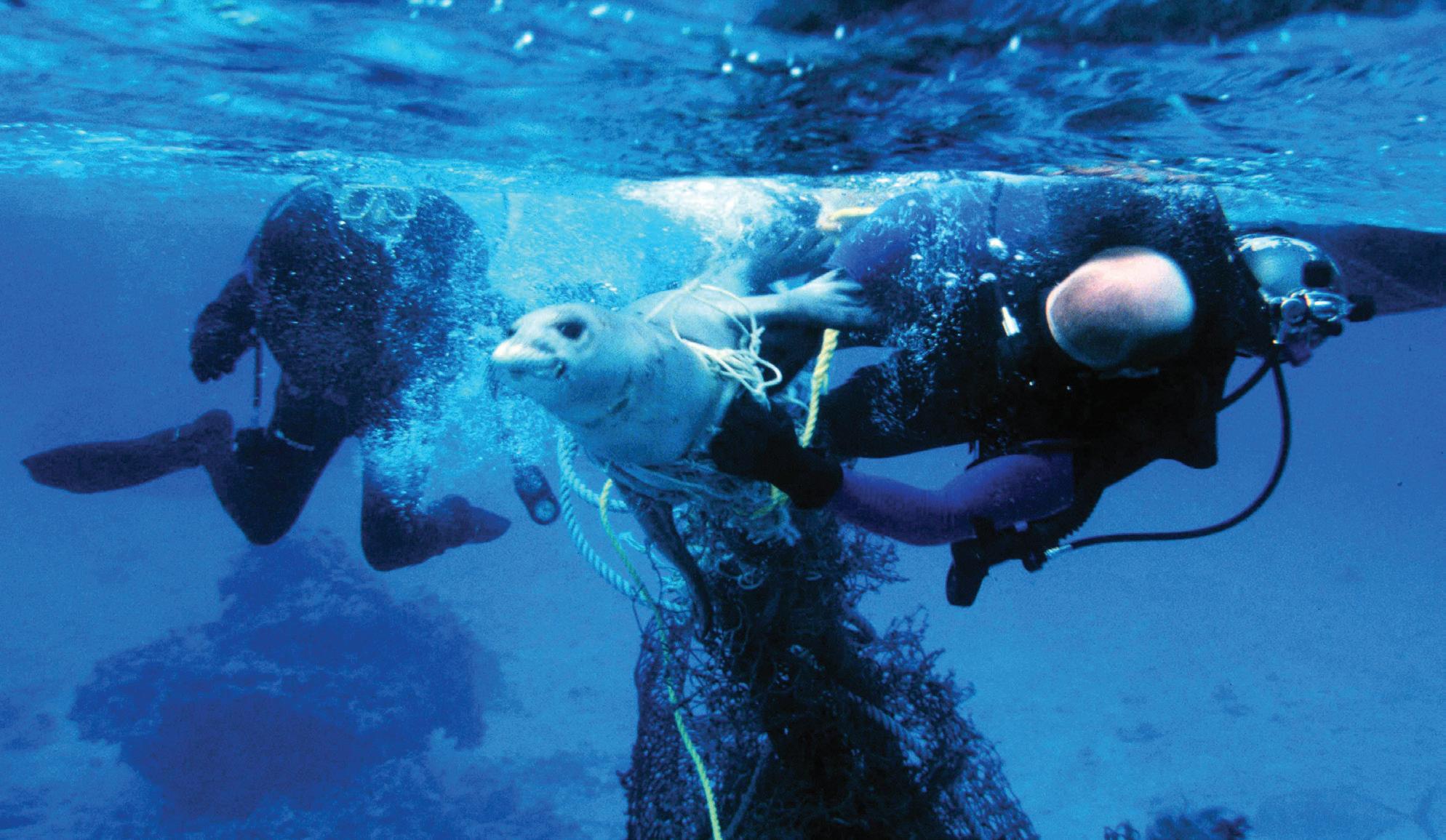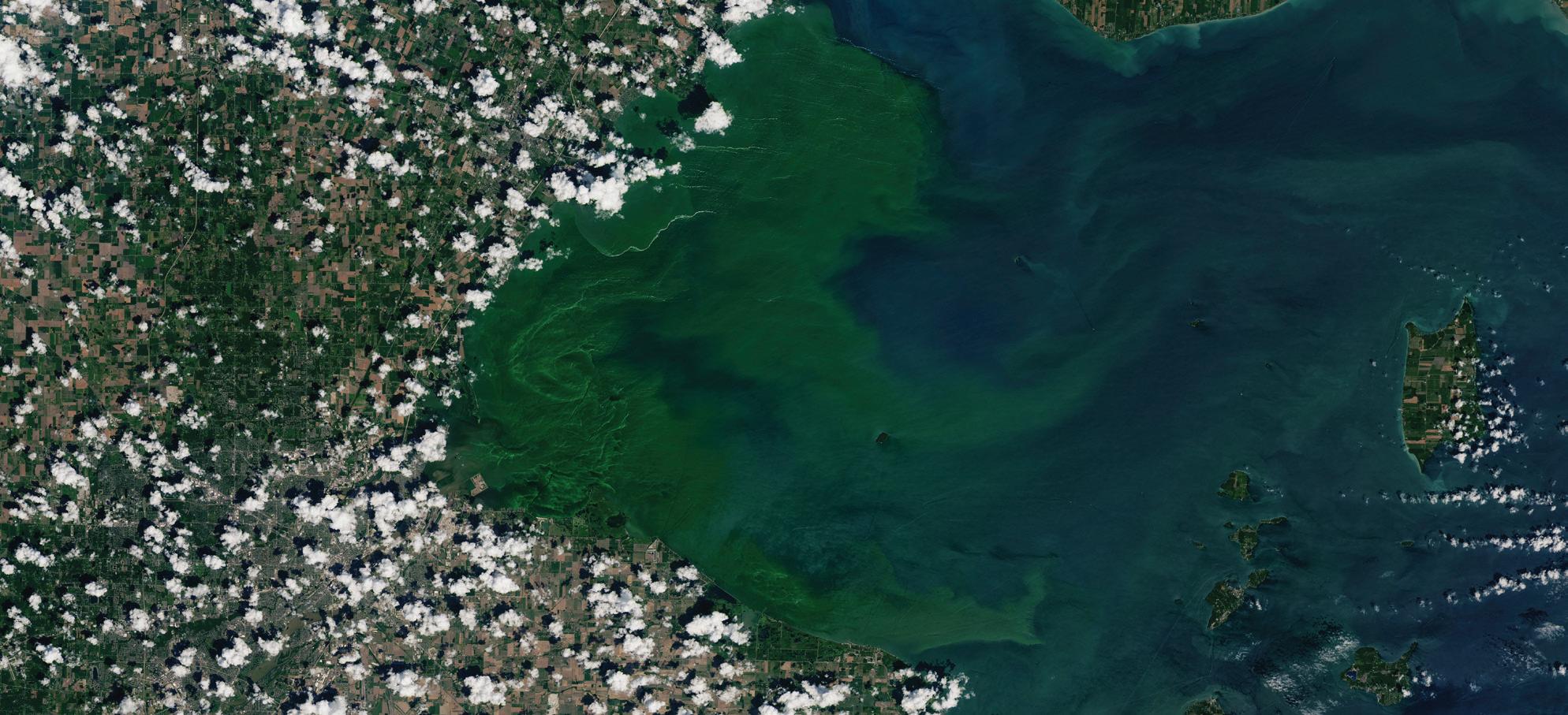INTERVIEW
Dr. Kathryn D. Sullivan NOAA Administrator 2014-2017 Kathryn D. Sullivan
was under secretary of commerce for oceans and atmosphere and administrator of the National Oceanic and Atmospheric Administration (NOAA) from 2014 to 2017. She had previously served as NOAA’s chief scientist, and as deputy administrator and acting administrator. A graduate of the University of California and Dalhousie University, she holds a B.S. in earth science and Ph.D. in geology. She joined NASA in 1978, was a crewmember on three space shuttle missions, and was the first American woman to walk in space on Oct. 11, 1984. She was also a member of the Naval Reserve beginning in 1988, retiring as a captain in 2006. Following completion of her service at NOAA, she was designated as the 2017 Charles A. Lindbergh Chair of Aerospace History at the Smithsonian Institution’s National Air and Space Museum, and has also served as a senior fellow at the Potomac Institute for Policy Studies. On June 7, 2020, she became the first woman to dive to the Challenger Deep in the Mariana Trench, the deepest part of the Earth’s oceans.
2010
nation need NOAA? You know we live on this extraordinarily dynamic planet. And the United States of America in particular, with the size of its territory, the bounding by oceans – again our livelihoods, our public safety, our economies, our businesses are very, very strongly influenced by the conditions of the atmosphere and the ocean and the climate and weather and ecosystems that make our planet work. What NOAA does for citizens, elected officials, or businesses is stay very aware of the kind of issues and questions and hazards that the natural environment poses towards
2010
Dr. Kathryn D. Sullivan, during her tenure as NOAA administrator, 2014-2017.
society. And then, as a richly scientific agency, NOAA musters the measurements and analyses and the information processes that can transform scientific understanding of our planet and how it works into useful, actionable information that we can use in our everyday lives. So, I call NOAA America’s environmental intelligence agency.
A nearly 17,000-acre area encompassing Hurricane Earl marks the first flight of freshwater marshes, uplands, and an uncrewed aircraft system, NASA’s river on the shores of Lake Superior in Wisconsin Global Hawk, above a fully developed tropical becomes the 28th member of NOAA’s National cyclone. AOML and NASA researchers collect Estuarine Research Reserve System. data and images of Earl at 60,000 feet.
140
NOAA PHOTO
What does NOAA contribute to the nation? Why does America need NOAA? Dr. Kathryn D. Sullivan: It’s probably no exaggeration to say that NOAA is the one federal agency that touches almost every American’s life almost every day, and almost always in a way that helps them get through their day. I mean, you need only look at the value and importance of weather forecasts to the pleasure of our day, the safety of our day, the safety of our businesses, efficient operation of businesses – that alone would make my statement valid. So why does the









































